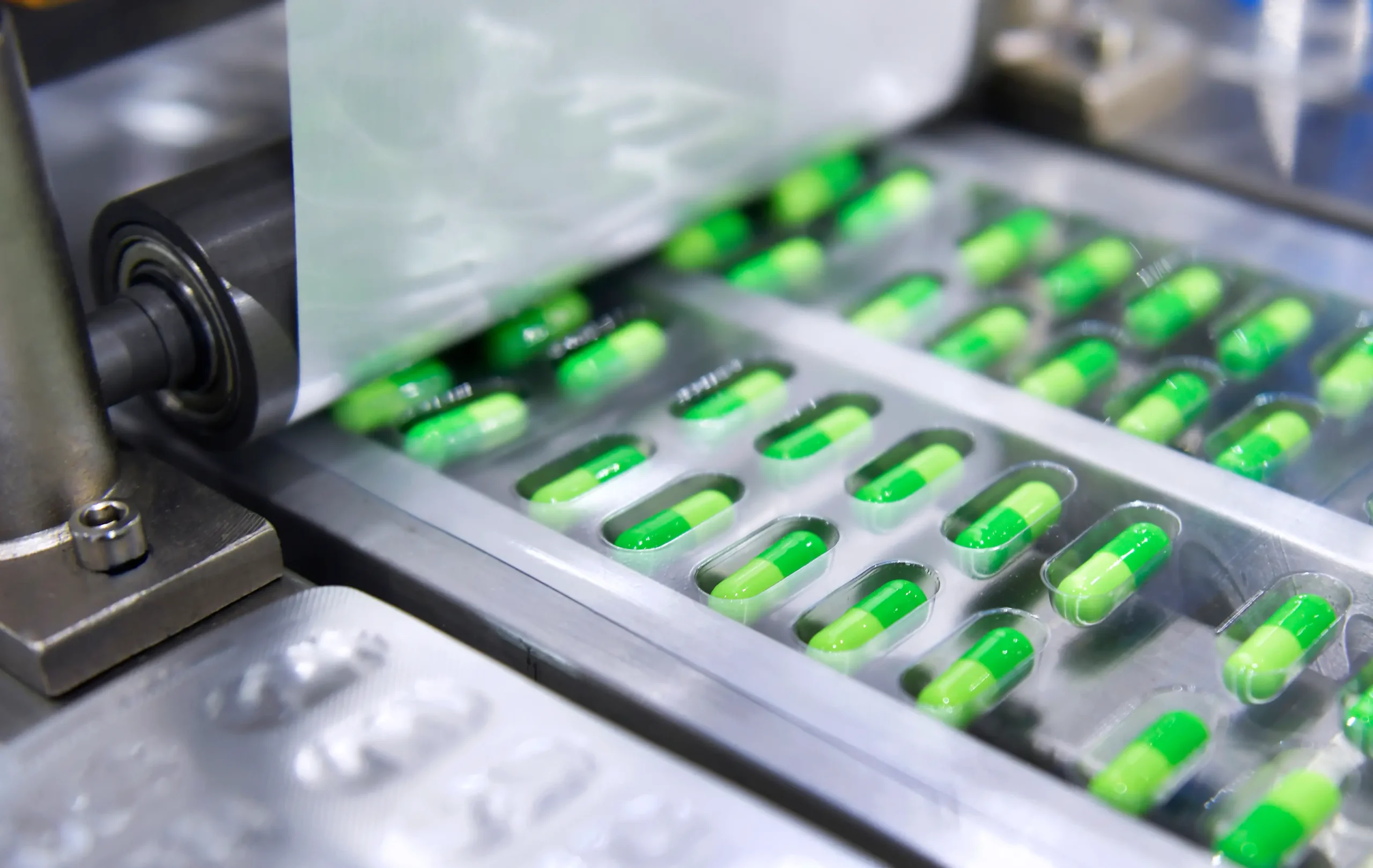The Medical Device Product Development Process: An Overview
- Ideation and Conceptualization
In order to initiate new product development organizations must begin with brainstorming and ideation. These steps are crucial when it comes to creating new and innovative products. During this phase, cross-functional teams should explore new ideas based on medical needs, market research, technological advancements, and user needs.
- Design and Development
After new ideas are generated companies should explore prototyping and the design process. Prototyping helps teams prototype the feasibility of new medical device designs while refining features along the way before large-scale production goes underway.
- Regulatory Pathways
Navigating complex regulatory requirements can be challenging but is essential during the medical device development process. Compliance standards such as the US’s Food and Drug Administration (FDA), Europe’s CE Marking, and ISO certifications, require companies to go in-depth with safety and efficacy. Each regulatory body has unique requirements for documentation, clinical trials, and device labeling, meaning that companies must consistently stay up to date with what is expected of them.
- Testing and Validation
Once new products are designed and meet regulatory requirements, additional testing and validation must be conducted to ensure new products meet safety, efficacy, and performance standards. Products should go through an approval process and risk analysis to make sure that the device performs as intended for end-users under real-world conditions.
- Launch and Post-Market Surveillance
Successful new product launches require supply chain management and ongoing monitoring to ensure product performance and patient safety. Organizations should consistently gather real-world data, look for market changes, and manage regulatory compliance – altering products as needed.
Innovative Strategies for Medical Device Product Design & Development
When initiating new product development medical device companies must get creative, utilizing unique strategies for innovation and new product designs. The following list is 5 strategies your company may consider:
- Embracing Digital Transformation in Product Development
The shift towards digital tools and platforms for product development is on the rise. With access to this advanced technology organizations can manage product specifications, design iterations, and ensure compliance. Cloud-based data management platforms further enhance collaboration across teams with easy-to-access product information, helping teams stay aligned throughout development phases.
- Accelerating Time-to-Market with Rapid Prototyping
On top of data management technologies are advanced manufacturing technologies that further support rapid prototyping and idea generation. Examples such as 3D printing and CAD modeling allow for faster prototyping and design validation, significantly reducing development cycles.
- Leveraging AI and Machine Learning for Design Design & Control
Today artificial intelligence (AI) and machine learning are changing the landscape of product design and control. By offering predictive analytics based on design inputs these tools can facilitate risk management, optimize decision-making, improve compliance, and offer design outputs early in the process.
- Sustainability and Eco-Friendly Medical Device Development
Today, stakeholders across the board are demanding sustainable change. When it comes to the medical device industry companies are being challenged to evaluate their eco-friendly product designs, responsible material sourcing, and ethical manufacturing processes.
- Ensuring Regulatory Compliance from the Start
Building compliance into the early stages of development is critical to avoid costly delays down the line – especially in the medical device and medtech industries. Leveraging regulatory intelligence tools can help organizations stay ahead of regulatory agencies’s changing requirements. With Specright’s Specification Data Management (SDM) System organizations can ensure all product data is compliant with FDA, ISO, and CE requirements, simplifying regulatory approvals.
Challenges in Medical Device Product Development
Developing medical devices is no small feat, and the journey to success is filled with many unique challenges. The complex regulatory landscape in the medical device industry poses many barriers as new medical devices are highly regulated and must go through multiple regulatory bodies and testing prior to approval.
Balancing the fine line between innovation and compliance can also pose unique threats to organizations. Because of the stringent safety and efficacy requirements within the industry, medical device companies may feel that final approvals are out of reach.
Beyond new product development is managing supply chain complexity. Securing reliable, high-quality suppliers for materials and components is critical, as any disruption or quality risk can affect both timelines and regulatory compliance.
With Specright companies can simplify regulatory submissions, reduce supply chain risks, and ensure accurate data tracking – mitigating these challenges for medical device companies.
The Future of Medical Device Product Development
The future of medical device product development is an exciting space filled with new opportunities. Many companies are exploring customization of medical devices, driven by technologies such as 3D printing – which enable the development of personalized parts.
Other technological integrations such as IoT and smart devices will further elevate the company’s ability to collect and monitor data in real time. This data can then be used to improve patient care and better health outcomes.
Although, to keep up with these advanced technologies companies need up-to-date and accurate data. Because without accurate data inputs, these devices are bound to fail. Post-launch data collection and analysis are crucial, allowing companies to refine product designs and improve future iterations.
Conclusion: Innovating for the Future of Medical Devices
When it comes to medical device innovation more than creativity is needed – it demands robust process management and compliance checks. Whether it’s navigating complex regulations or managing supply chain and technological advancements, medical device companies must be adaptive and cautious.
With Specright’s Specification Data Management (SDM) platform, companies can overcome potential challenges by centralizing specifications, ensuring compliance, and improving the efficiency of design and testing stages. Specright encourages cross-functional collaboration, accelerating development and driving innovation.
Ready to streamline your medical device product development process? Request a demo, and learn how today.
Explore More Blogs
Get Started
With Specright’s Solution Suite, you can digitize, centralize, and link your specification data to drive efficiencies, intelligence, traceability, and collaboration within your organization and across your supply chain network.




